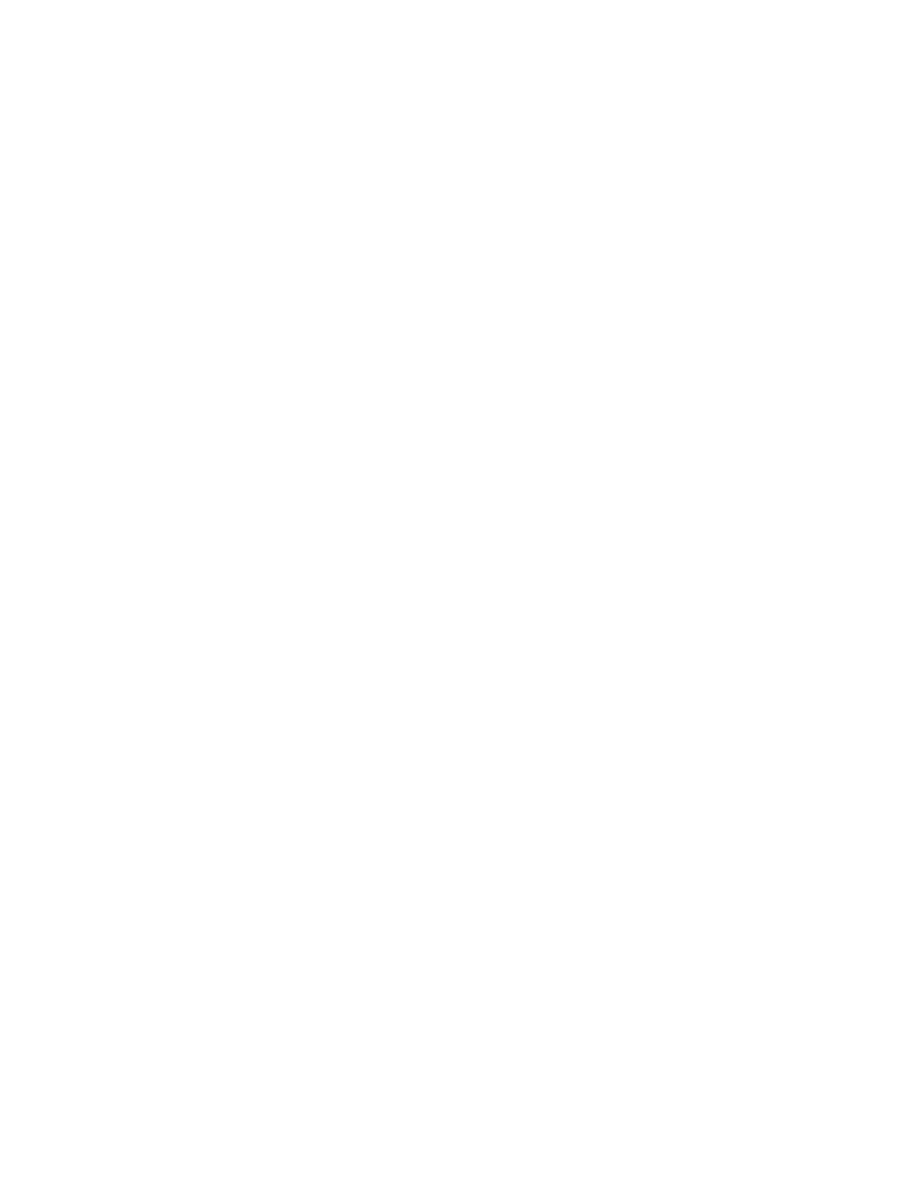
Section C. OPERATION OF AUXILIARY MATERIAL USED IN
CONJUNCTION WITH THE EQUIPMENT
21. General
a.
Inspect the trailer assembly for loose attachment bolts, cracked panel assemblies, bent
brackets and other types of related damage. Inspect towing lunette and safety chain for
cracks, bends, or loose attaching bolts. Report any damage or deficiencies to the proper
authority.
22. Springs and Shock Absorbers
a.
Inspect spring assemblies for worn or cracked attaching bolts, broken shocks or broken or
misplaced spring leaves.
b.
Inspect shock absorbers for broken mounting bolts and see that the mounting bolts are properly
securing the mounting. Inspect for damage to the shock absorber bodies.
23. Air/Hydraulic
a.
Inspect the air/hydraulics brake system for worn or leaking air lines and hydraulic lines
particularly at areas where they pass through frame members or around sharp corners.
b.
Inspect power cluster for proper hydraulic fluid level.
c.
Inspect the relay valve and air tank for evidence of leakage.
d.
Upon discovery of air leakage or fluid leakage, report to the proper authority.
24.
Nose Box and Lights
a.
Inspect the nose box for loose connections, both electrical and air.
Report any defect or
deficiency to the proper authority.
b.
Inspect the lights regularly for cracked lenses, loose mounting bolts, and spent bulbs. Replace
all burned out bulbs immediately. Lights and their components are placed at specific areas on
the equipment for identification and clearance; making it important to replace defective parts as
soon as possible.
25. Wiring Harness
a.
A cord connected to the electrical system of the towing vehicle is plugged into a standard
receptacle on the trailer. Electrical current is supplied to tail lights, stop light and clearance
lights Inspect trailer wiring for loose connections, evidence of wear and breakage, and bare
spots Report any damage or malfunctioning to the proper authority For ease in tracing, wires in
the electrical system harness are number coded and tagged
40

